Sneaky Petes & House Cues: A Great Read!
 Billiards buddies and pool players, here is another good read from Matthew Sherman. The article highlights one of my favorite cues – Sneaky Petes! And just like all of Sherman’s works, it is one great piece! And I kid you not!
Billiards buddies and pool players, here is another good read from Matthew Sherman. The article highlights one of my favorite cues – Sneaky Petes! And just like all of Sherman’s works, it is one great piece! And I kid you not!House Cues
Any two-piece cue stick whether a sneaky pete or no, that costs more than seventy dollars should feel utterly like one unit when assembled. Little more than a hairline should be visible between the sections.If you must have an inexpensive stick for personal use, buy a decent one-piece house cue (a cue resident in the pool "house") from an equipment dealer or a pool hall itself. Your cost will be about $10.
Leave 'Em At The House
Ideally, you will use the house cue in the privacy of your home. If not, it should prove fairly embarrassing to travel about with your fifty-seven-inch-long pride and joy hoisted over one shoulder!
A good story tells of one shooter who didn't mind the embarrassment of lugging his "big one" to his local pool hall over his shoulder daily. Receiving many snickers and curious looks, he could afford them. Sean won most of the tournaments played there with his one-piece stick!
Why Hustlers Want HC's
Fine cuesticks vary in price from about $70 to $5,000 or more. Most players do quite well with something from one to three hundred dollars, except hustlers who typically prefer to grab a house cue instead, since they want to hide their pool expertise.
The Name's Pete, Sneaky Pete
The least costly type of two-piece cue is called a Sneaky Pete. Your Pete might have a knack of disappearing when someone picks it up by mistake, because Sneaky Petes are crafted to look exactly like a plain house cue.
3 Reasons for "Pete"
There are only three reasons why someone buys a Sneaky Pete. First, they wish to save money. Second, they want to buck the tide of fashion, and buy a stick that has no decoration on it whatsoever. Third, they want to hustle someone's pants off, and not wishing to advertise, they conceal a fantastic stick as a Pete!This last reason is comparable to Michael Jordan slipping on smelly old sneakers, a wig, dark sunglasses and moustache, so he can mosey on down to the local playground and shoot hoops for a "few friendly dollars". Hustler's Petes, if they disguise cues of stellar quality, can cost $300 or more!
What To Do If Suspicious
If you suspect someone you're playing of hustling, and their cue looks like a house cue but in excellent condition, search for a monogrammed brand name on their stick. Maybe the poolroom's house cues are labeled brand X, but your opponent brought in a brand Y Sneaky Pete.
Stare At The Middle
You can also look closely at their cue's midsection for where the joint might be on their "one-piece", another clue. The telltale hairline where two sections would separate, or any sharp difference in color between the top and bottom halves of the cue, indicates two sections joined together to make a disguised cue.
If your opponent continually holds their cue near its midsection, closing their hand around where the joint might be (a dead giveaway), ask them nicely if you can examine their cue.
Knowing For Sure:
Most shooters don't mind if an acquaintance hefts their stick in their hands, or even shoots a few shots with it. This is a common act of pool courtesy. Shooting full massé shots with a neighbor’s cue, and "checking out" thousand-dollar cues studded with precious gemstones are two obvious exceptions.
If your opponent, when you ask to see their cue, (you suspect it's a Pete) hits you over the head with it and then runs from the room, odds are they probably were hustling you.
*Post credits all go to Matthew Sherman of http://billiards.about.com.
"The AnitoKid loves Sneaky Petes!"
*Did you enjoy the post? Did you find it interesting?
You know what to do...:)





















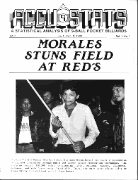

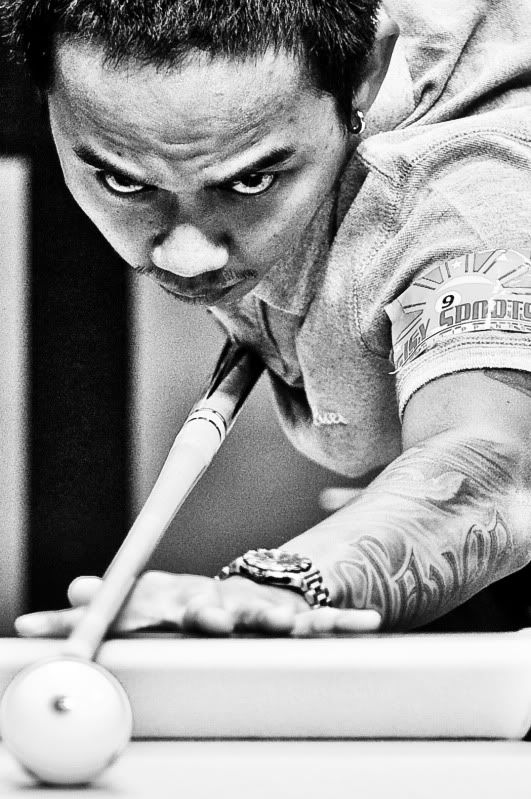








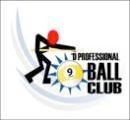

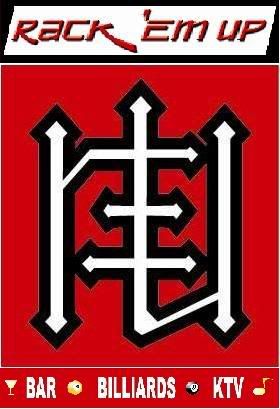



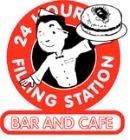
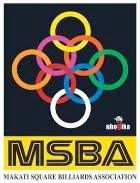

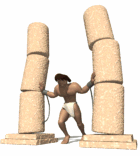
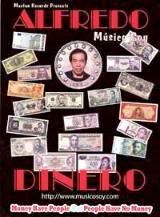
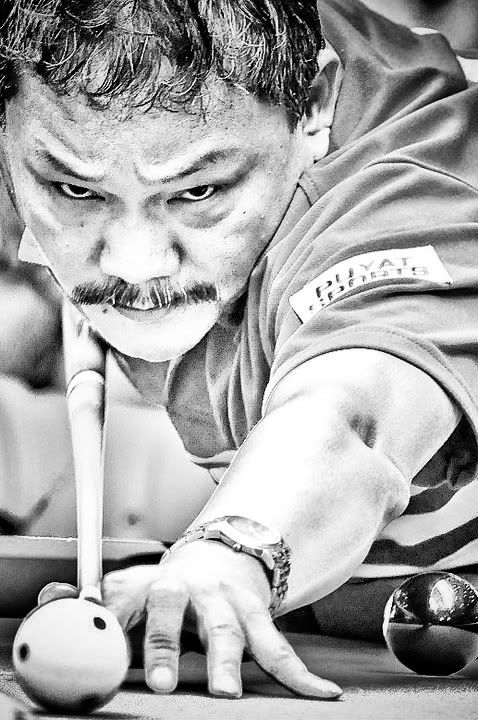





0 comments:
Post a Comment